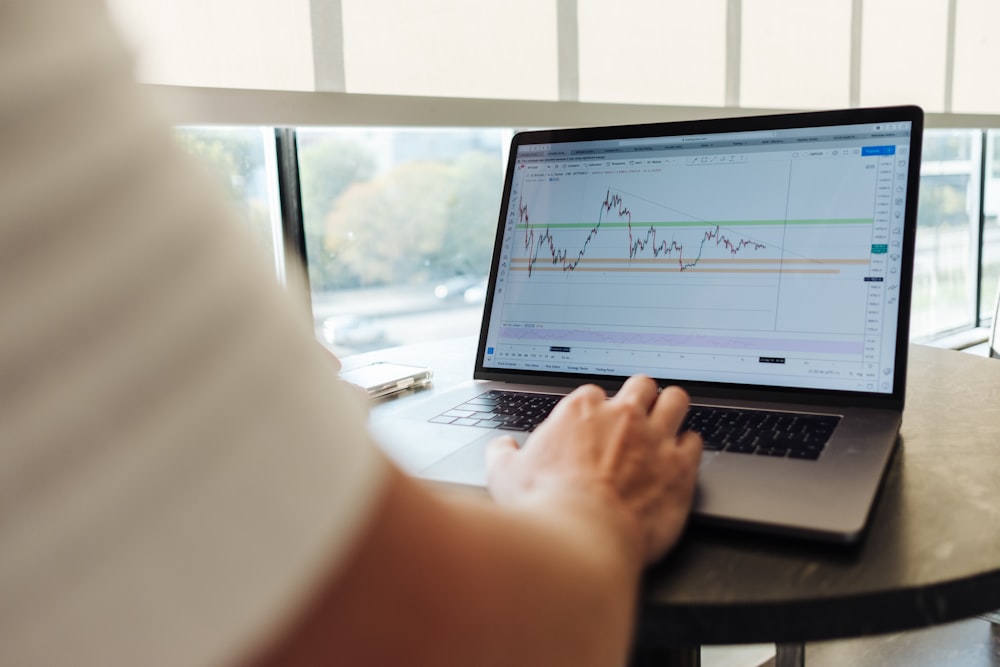Analysis Of Palo Alto Networks’ Cyberark Acquisition
Image Source: Unsplash
According to a recent report, the global Cyber Security market is estimated to grow at 15% CAGR to reach $1.1 trillion in 2025 and $7.5 trillion by 2034 from $284.6 billion in 2024. Palo Alto Networks (NYSE: PANW) recently announced its largest acquisition to address this growing market.
Palo Alto Network’s Financials
For the fourth quarter, Palo Alto’s revenues grew 16% to $2.54 billion, ahead of the Street’s estimate of $2.50 billion. EPS of $0.95 was also ahead of the market’s forecast of $0.88 for the quarter.
By segment, Product revenues came in at $573.9 million compared with $480.5 million a year ago. Subscription and Support revenues grew to $1.96 billion from $1.71 billion a year ago.
It ended the year with revenues of $9.22 billion, growing 15% over the year. Adjusted EPS grew 18% to $3.34 for the year.
For the current year, the company expects revenue of $10.48-$10.53 billion and an EPS of $3.75-$3.85. The market estimates revenue of $10.43 billion and an EPS of $3.65.
Palo Alto Networks’ CyberArk Acquisition
Earlier this summer, Palo Alto Networks announced plans to acquire Israeli identity security provider CyberArk for an estimated $25 billion. This is the company’s biggest acquisition till date, and the second largest in the industry. Earlier this year, Google had acquired security startup Wiz for an estimated $32 billion. Newton-based CyberArk was founded in 1999 by Ehud “Udi” Mokady and Alon N Cohen and holds a leading position in the Privileged Access Management (PAM) space with an estimated 38% market share. The acquisition will help Palo Alto Networks’ enter the Identity Access Market (IAM).
By integrating CyberArk’s leadership in PAM with Palo Alto Networks’ AI-powered security platforms, the merged company is targeting to extend identity protection to all identity types including human, machine, and autonomous AI agents. Palo Alto Networks will help accelerate CyberArk’s mission to becoming a platform for Identity Access and drive better combined security outcomes for customers. The merger will provide customers with access to a single solution aimed at eliminating security gaps and simplify operations across the enterprise.
Additionally, as organizations adopt autonomous Agentic AI, the combined entity will help enforce just-in-time access and least privilege principles to ensure that AI agents are granted only the permissions they need, for the moment they need them, to secure AI-driven automation at scale.
The deal fits well into Palo Alto Networks’ longer term platformization strategy. Over the past few years, Palo Alto Networks has been consolidating point security solutions into integrated platforms, because it believes that modern threats exploit the gaps between disconnected security tools. The acquisition will help organizations consolidate security vendors while securing AI workloads.
Prior to the acquisition, CyberArk had reported quarterly revenues of $318 million with an EPS of $0.98 per share. News reports reveal that Palo Alto Networks had reached out to CyberArk for a potential deal back in 2023. But the transaction did not move forward then. The deal has been revived this year after two years. It finally went through after Palo Alto Networks agreed to pay $495 per share for CyberArk, valuing it at $25 billion. The sale to Palo Alto translates to a 26% premium over CyberArk’s average trading price in recent months.
Palo Alto Networks’ stock is trading at $206.80 with a market capitalization of $141.7 billion. It was trading at a 52-week low of $144.15 in April this year. It had climbed to a 52-week high of $210.39 earlier this week. The market appears to have lost its initial skepticism when the deal was announced. The announcement had sent the stock falling 14%.
More By This Author:
Surge AI’s Quiet Leap To SuccessOpenEvidence Leverages AI To Accelerate Patient Care
Cloud Stocks: AMD Pumps Up Competition With Nvidia
Disclosure: All investors should make their own assessments based on their own research, informed interpretations, and risk appetite. This article expresses my own opinions based on my own ...
more



